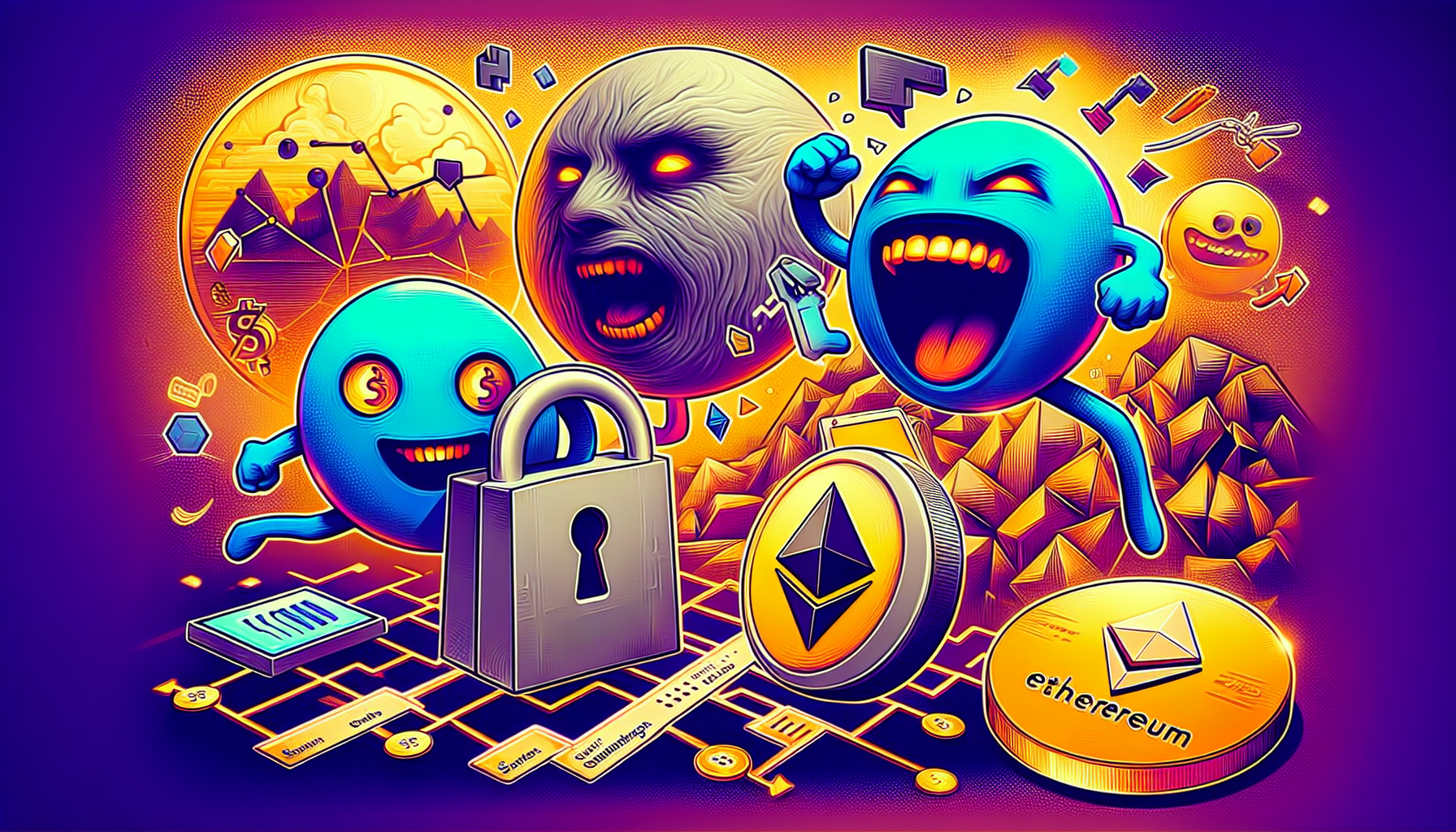Web3 Development: Trends, Challenges, and the Future of Blockchain
The blockchain and Web3 space is evolving at an unprecedented pace, reshaping industries, labor markets, and financial ecosystems. From the rise of Solana to Ethereum’s continuous upgrades, the competition among blockchain platforms is fiercer than ever. Meanwhile, regulatory scrutiny, security concerns, and the explosive growth of memecoins are shaping the narrative around decentralized technologies. In this deep dive, we explore the latest trends, challenges, and opportunities in Web3 development—and what they mean for the future of the market.
The Web3 Labor Market: A Rapidly Changing Landscape
Over the past five years, the demand for Web3 developers has shifted dramatically. According to industry experts, the rise of decentralized finance (DeFi), non-fungible tokens (NFTs), and AI-integrated blockchain solutions has created new opportunities—and challenges—for developers. Key skills in demand today include:
- Rust programming (critical for Solana and Polkadot development)
- Smart contract auditing (as security remains a top concern)
- Layer 2 scaling solutions (such as Optimism and Arbitrum)
- AI-driven Web3 applications (merging blockchain with machine learning)
Unlike traditional software development, Web3 requires a deep understanding of cryptography, decentralized governance, and tokenomics. Developers must stay agile, as the technologies dominating the market today may be replaced by newer innovations within months.

Solana vs. Ethereum: The Battle for Blockchain Dominance
Solana has gained significant traction due to its high throughput and low transaction fees, processing thousands of transactions per second (TPS) without relying on additional scaling layers. However, Ethereum remains the leader in decentralization and security, with its upcoming Pectra hard fork set to introduce major improvements, including:
- Account abstraction (enhancing user experience)
- Enhanced staking mechanisms (improving validator efficiency)
- Optimized gas fees (reducing costs for developers)
While Solana excels in speed, Ethereum’s long-term sustainability and robust developer ecosystem make it a formidable competitor. The question remains: Can Solana achieve the same level of decentralization, or will Ethereum’s Layer 2 solutions close the performance gap?
Security in Web3: The Persistent Threat of Private Key Mismanagement
Despite advancements in blockchain technology, security remains a critical issue. One of the most common—and costly—mistakes in Web3 is the improper handling of private keys. Developers and users alike often fall victim to:
- Phishing attacks
- Smart contract exploits (due to excessive admin privileges)
- Seed phrase leaks (often stored insecurely)
Hardware wallets and multi-signature solutions are essential tools for mitigating these risks, yet adoption remains inconsistent. As Web3 continues to grow, education on security best practices will be crucial to preventing large-scale hacks.

The Memecoin Phenomenon: Innovation or Bubble?
The rise of platforms like pump.fun has made memecoin creation easier than ever, leading to an influx of speculative tokens. While some argue that memecoins democratize access to crypto, others warn of an unsustainable bubble. Key concerns include:
- Lack of intrinsic value (many memecoins serve no utility)
- Market manipulation risks (pump-and-dump schemes)
- Reputation damage (undermining serious blockchain projects)
However, memecoins also highlight the accessibility of Web3, allowing newcomers to experiment with token creation and community-building. The challenge lies in balancing innovation with investor protection.
Regulation and the Future of Stablecoins
As governments worldwide tighten crypto regulations, stablecoins like Tether (USDT) and USDC face increasing scrutiny. The European Union’s Markets in Crypto-Assets (MiCA) framework aims to bring transparency to the sector, but critics argue it may inadvertently favor USD-pegged stablecoins over alternatives.
Meanwhile, institutional players like BlackRock and Fidelity are entering the space with tokenized asset funds, signaling growing mainstream adoption. The next few weeks could see major regulatory decisions that shape the future of stablecoins and decentralized finance.
Conclusion: What Lies Ahead for Web3?
The Web3 ecosystem is at a crossroads. While technological advancements like Ethereum’s Pectra upgrade and Solana’s scalability improvements drive innovation, security risks and regulatory hurdles remain significant challenges. Memecoins continue to dominate retail interest, but their long-term impact on the market is uncertain.
In the coming weeks, key developments to watch include:
- SEC rulings on crypto ETFs (particularly Solana-based products)
- Ethereum’s Pectra hard fork progress
- Stablecoin regulatory clarity (especially under MiCA)
For developers, investors, and enthusiasts, staying informed and adaptable will be essential in navigating this rapidly evolving landscape.

